Natural Enemies of Garden Pests: Complete Guide
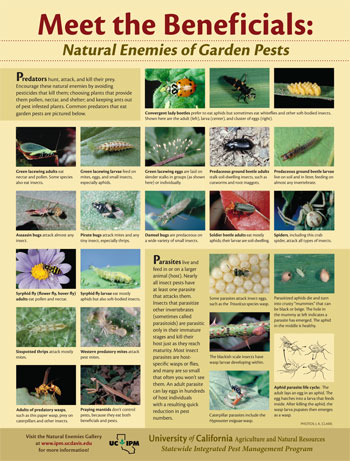
The natural enemies of pests are organisms that feed on harmful insects or live on them causing them to die. Biological control is the use of these beneficial insects or microorganisms to control pests in an ecological way.
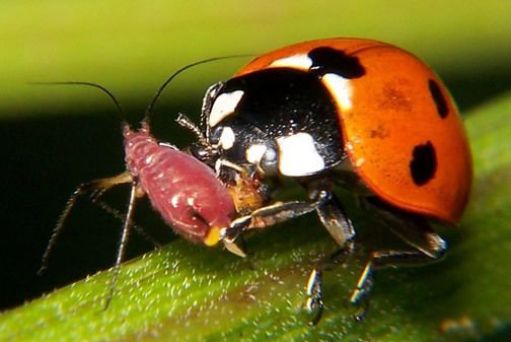
What are the natural enemies of pests?
In organic farming, these organisms or natural enemies are commonly used as pest control agents, regulating their populations in crops. As we said at the beginning, this ecological technique is known as biological control or biological pest control.
There is a close relationship between the population of natural enemies and the pest that allows them to interact and maintain the levels of both populations in balance within the agroecosystem. Sometimes the population levels of the natural enemy required to keep pests at bay are very low. In addition, they can become very specific, in such a way that they only affect the target species, in this case the pest, and therefore do not attack beneficial species. The species of natural enemies that combine these two characteristics are the ideal ones for biological control.

When we talk about natural enemies in agriculture we refer mainly to insects, fungi and bacteria, which are used to control, above all, insect and mite pests. Even so, some natural enemies can also be applied against diseases through the use of antagonistic fungi and bacteria or mycophagous insects, that is, insects that feed on pathogenic fungi.
Classification of natural enemies of pests
predators
They kill their prey to feed on it. Throughout their lives they hunt a large number of prey. This feeding habit usually occurs in all phases of the insect cycle.
parasites
The parasite is one that depends on its host to feed, causing damage. There is an intimate relationship between the two. In this case, the enemy does not directly kill the host, since the host needs it to survive. On the contrary, it does intervene causing a series of damages that can trigger death in the medium or long term.
parasitoids
That insect whose larva develops outside or inside another arthropod from which it extracts food for its growth. In this case, adults have a different type of food. Only the larval stage feeds on the host in question.
The adult female lays her eggs on or inside the host, ensuring that when the larva hatches it has enough food to complete its development. Initially, the damage caused by the parasitoid larva in the host is little apparent. However, over time this is consumed and dies before or at the time the larva reaches the pupal stage (cocoon).
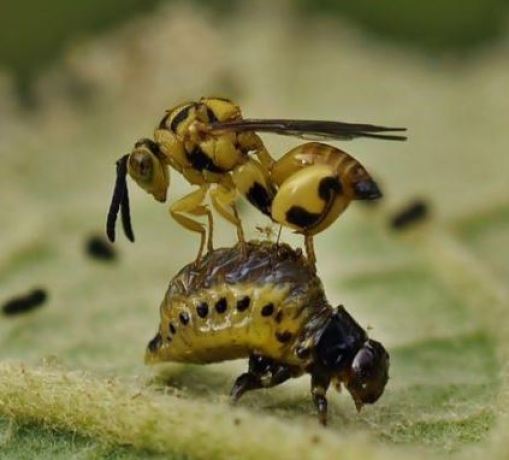
Pathogens
They are parasites that cause disease in the host. Among them we find mainly fungi, nematodes, bacteria and viruses. One of the most widespread is the Bacillus Thuringiensis bacterium, used for the biological control of many orchard pests.
Examples of predators used in biological control
spiders
These arthropods are not usually phytophagous, that is, they do not feed on plants, but prey on insects, so they can help us fight pests.
ladybugs
We are all very used to seeing them in orchards and gardens, but very few know their benefits. Both the larva and the adults are predators of aphids, red spiders and other mites, mealybugs and lepidoptera (butterflies and moths), among others.
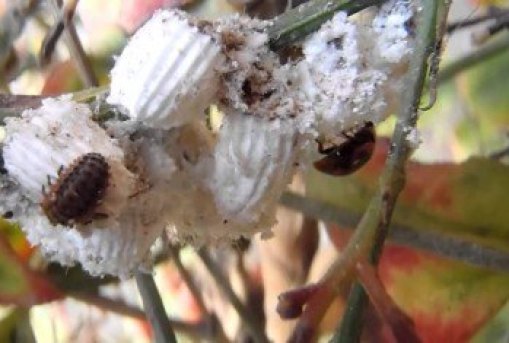
Ladybugs are one of the most useful beneficial insects in the garden, so we have already talked about them several times on the blog, we even learned how to make a ladybug shelter in the post How to raise beneficial insects in the garden.
earwigs
Also widely known, they prey mainly on soil insects. For example, larvae and pupae of flies, although they also feed on aphids.
Bedbugs
Some species are phytogaphs, but many others are predators. They can prey on various stages of development of aphids, whiteflies, beetles, Lepidoptera and thrips.
Mantis
With their pressing legs they hunt grasshoppers and lobsters to feed themselves.
Lacewings and lacewings
Its larvae are very voracious and efficient against aphids, although they have a wide range of prey. Unlike ladybugs, adults are not predators. In this case they feed on pollen, nectar and molasses.
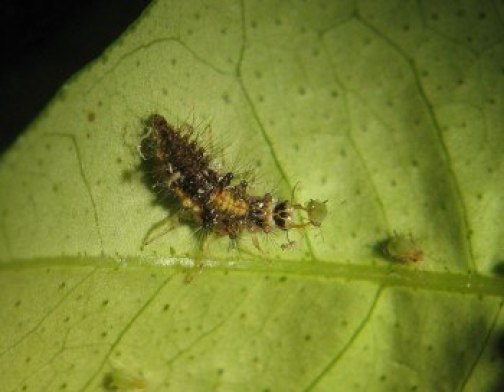
other predators
Thrips, mites, fly larvae and wasps of various species are also part of this group of predators. They help keep pests at acceptable levels for the crop. Many of them are difficult to see in the garden due to their small size.
Examples of biological control with parasitoids
These are mainly very small flies and wasps that lay their eggs on larvae of butterflies, moths or aphids. For example, the wasp species Aphidius matricariae can parasitize up to 40 different species of aphids.
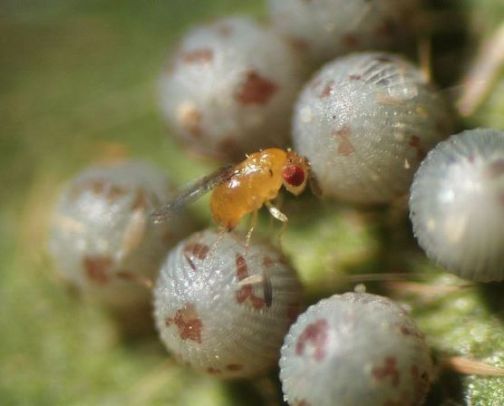
In addition to fighting pests in a sustainable way, these insects also provide other benefits such as maintaining the ecological balance or biodiversity in the ecosystem or plant pollination, so it is very important that we take these allies into account when cultivating our ecological garden.
If you want more useful and valuable information on this subject of biological control and natural enemies, I leave you this very complete dossier from the Ministry of Agriculture of Spain on The enemies of pests and pesticides. Although the document is quite old, it contains information about many natural enemies. There is also information on products (pesticides and herbicides) that are less harmful to these beneficial insects.
References
- Elliott, N.C., Kieckhefer, R.W., Beck, D. (2000).Adult Coccinellid Activity and Predation on Aphids in Spring Cereals. Biological Control, 173, 218–226.
- Elliott, N.C., Kieckhefer, R.W., Beck, D.A. (2002).Effect of aphids and the surrounding landscape on the abundance of Coccinellidae in cornfields. Biological Control, 24, 214–220.
- Chandler, LD, FE Gilstrap. (1987).Seasonal fluctuation and age structure of Liriomyza trifolii (Diptera: Agromyzidae) larval populations on bell peppers. J. Econ. Entomol. 80, 102-106.

![Photo of How to Plant Water Lilies: Important Points + Pictures + [9 Steps]](https://www.complete-gardening.com/wp-content/uploads/2022/08/how-to-plant-water-lilies-important-points-pictures-9-steps-390x220.jpg)
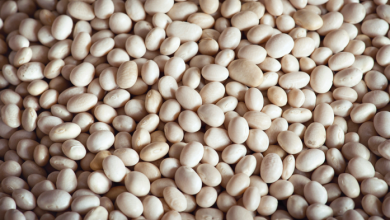
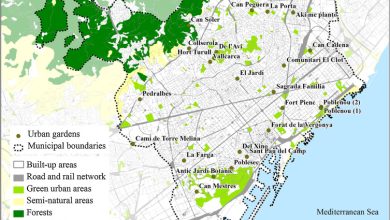
![Photo of Plant a Fig Tree: [Cultivation, Care, Irrigation, Substrate and Pests]](https://www.complete-gardening.com/wp-content/uploads/2022/08/plant-a-fig-tree-cultivation-care-irrigation-substrate-and-pests-390x220.jpg)